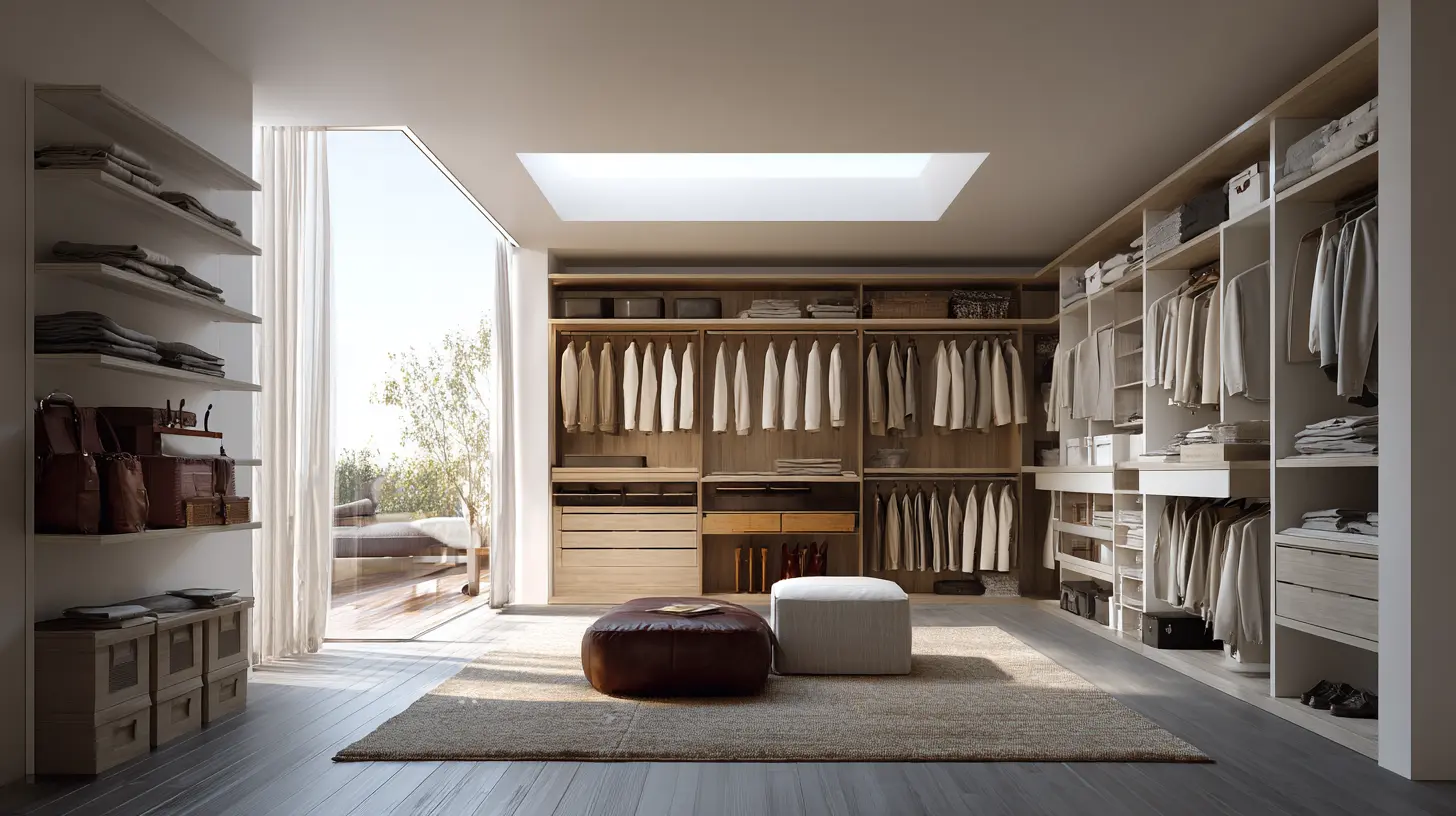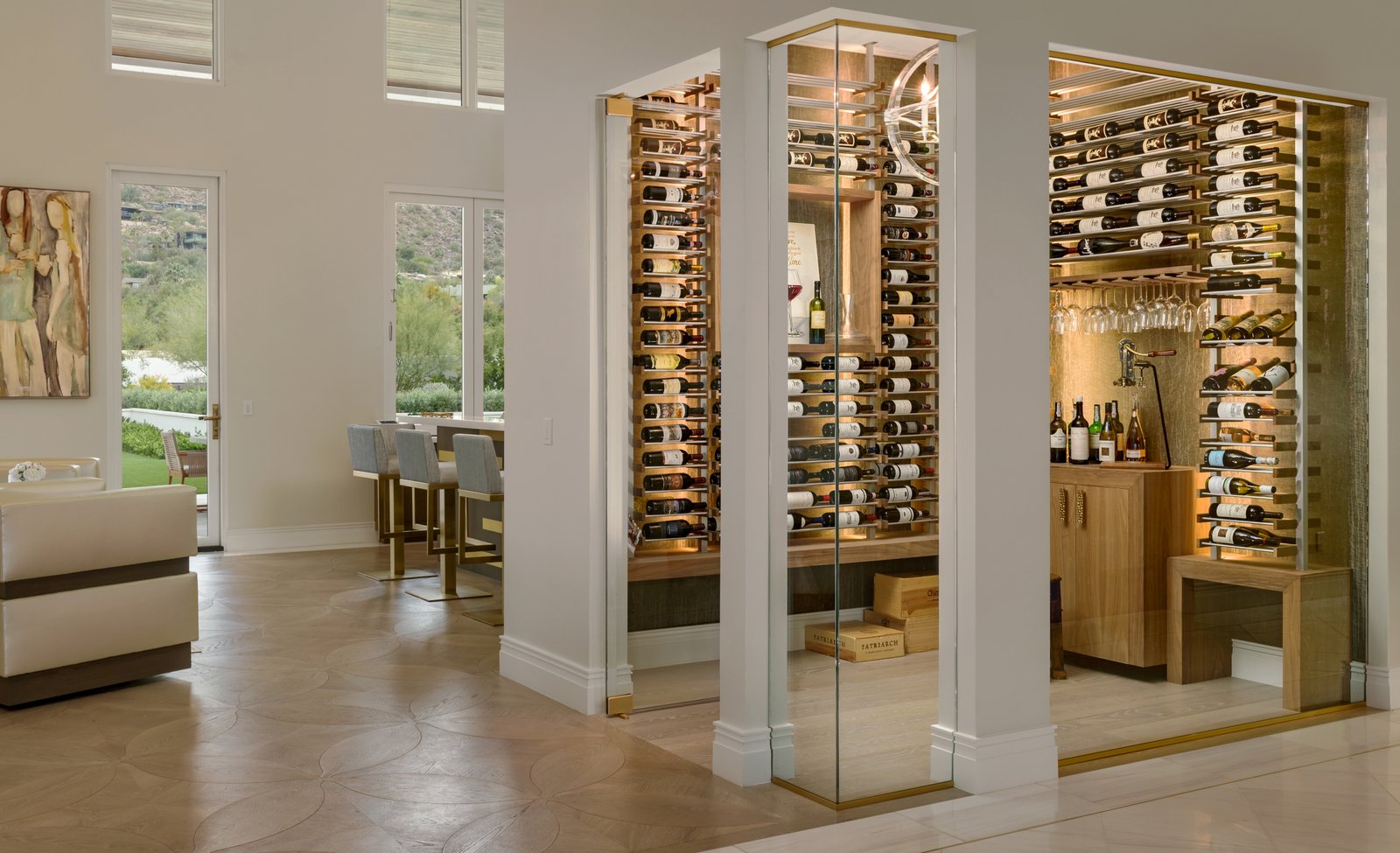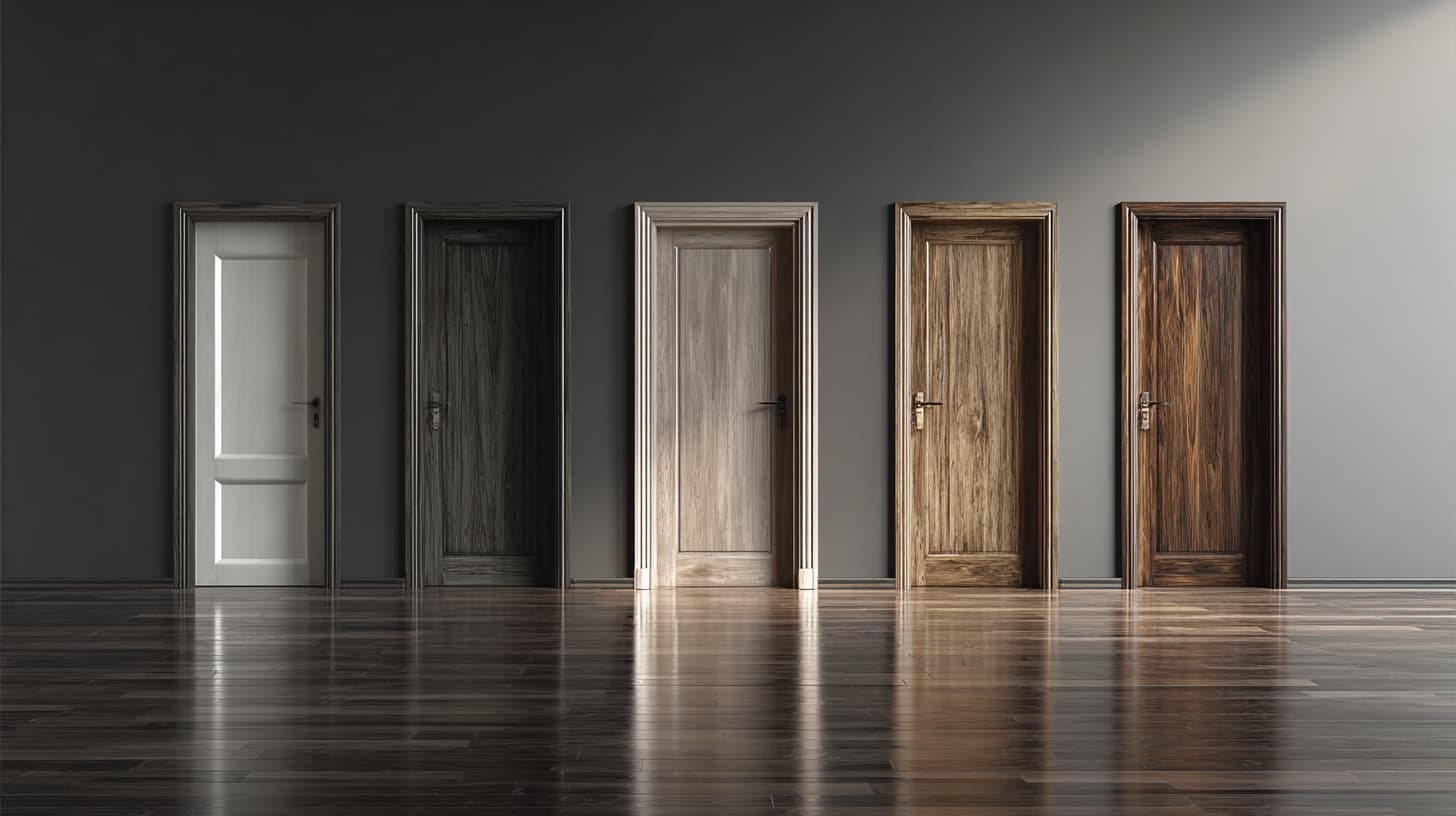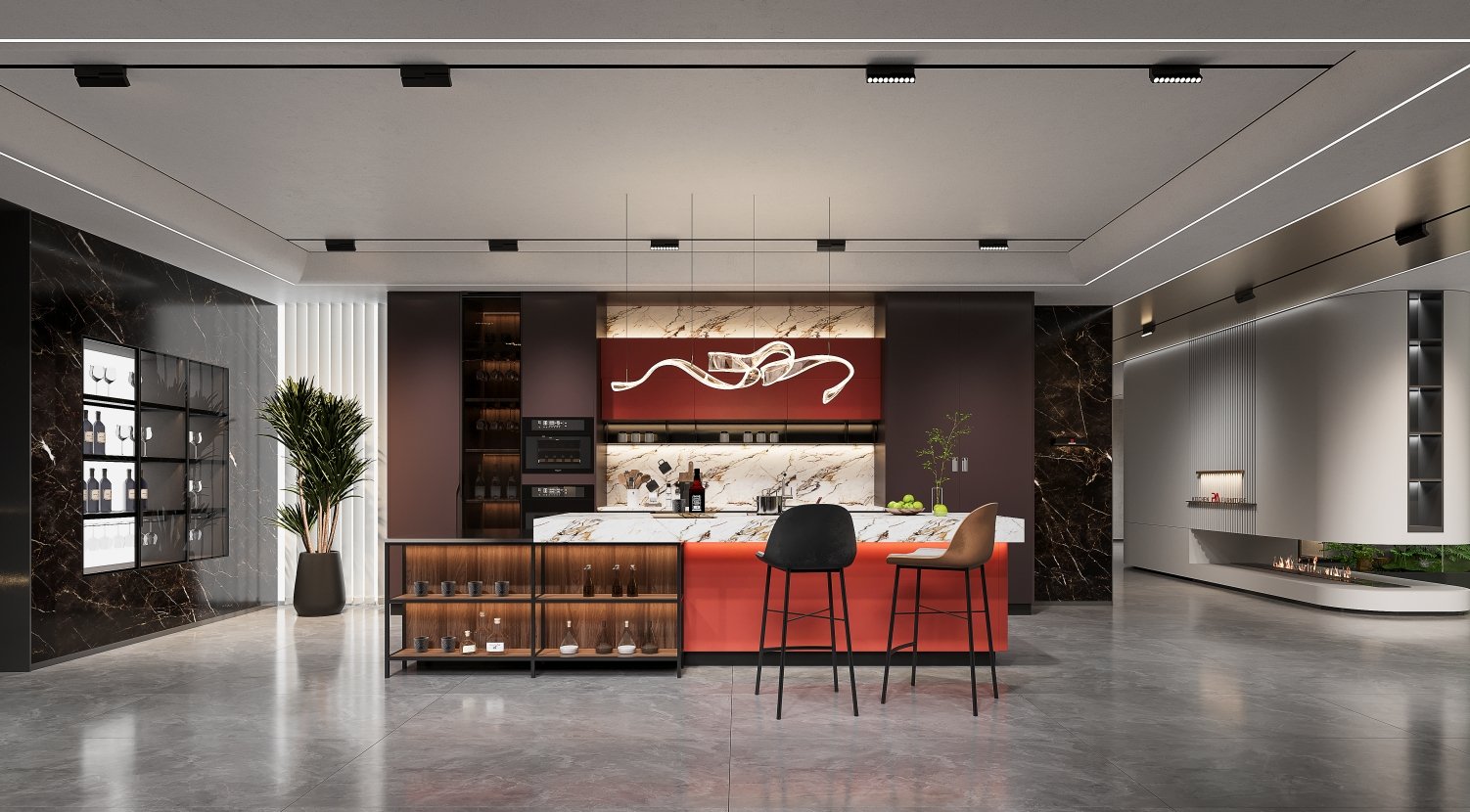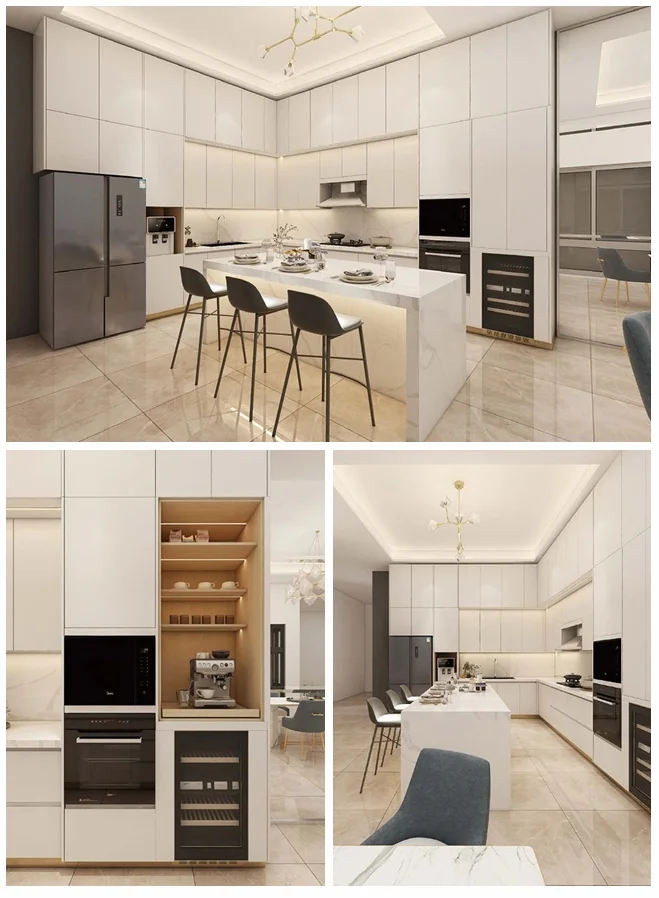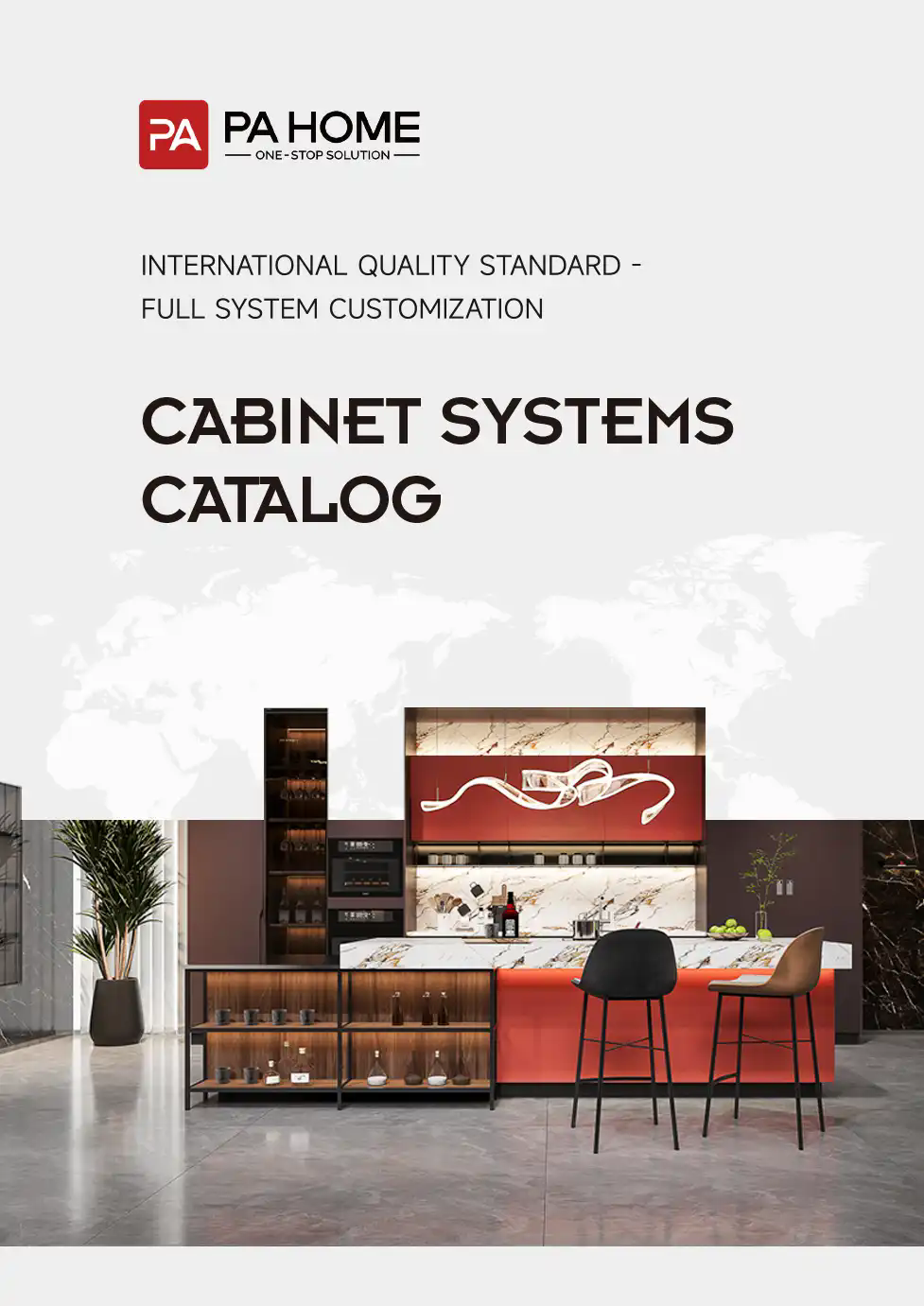Indonesia Custom Wardrobe Market Overview
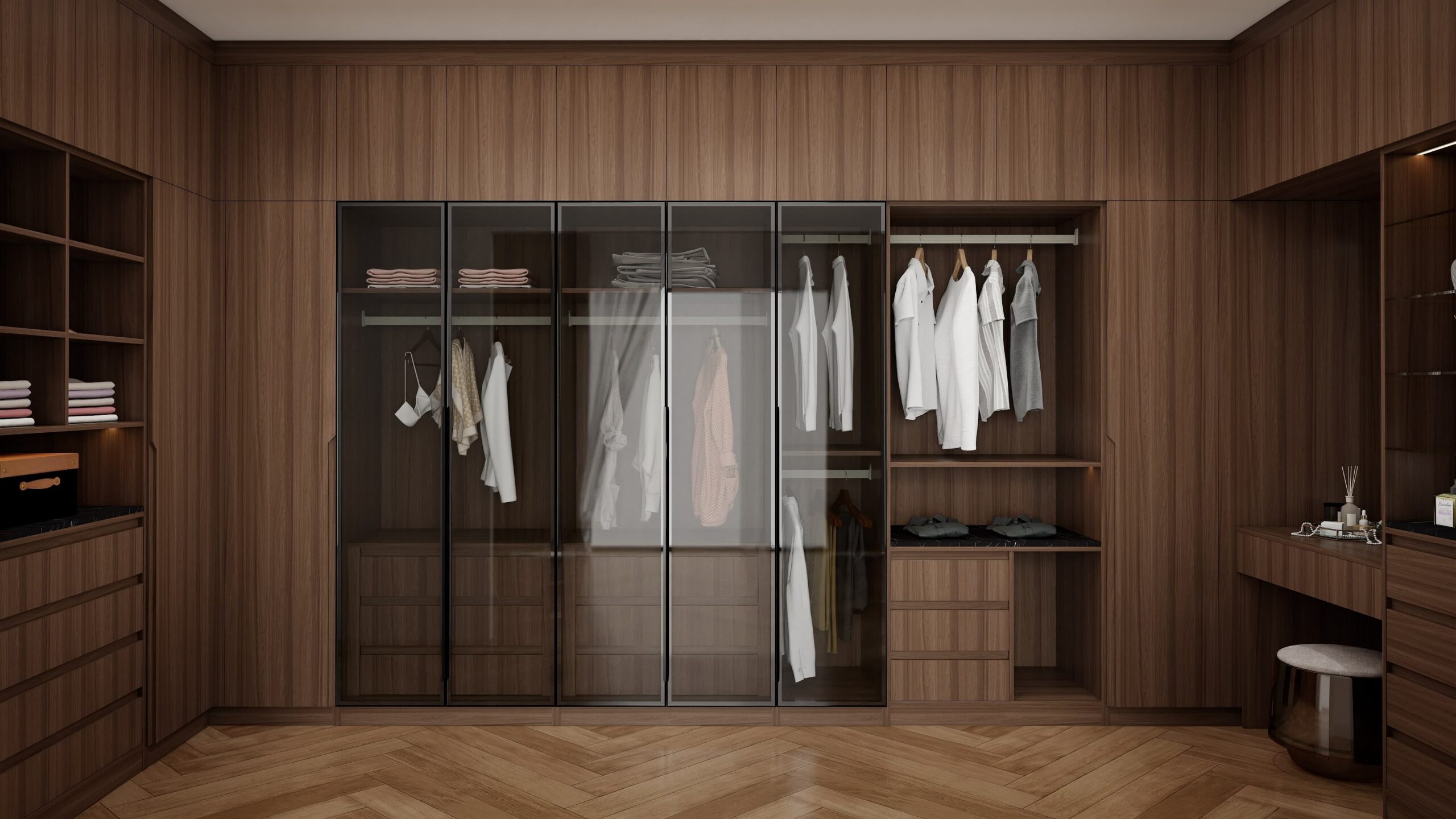
Indonesia’s custom wardrobe market, or custom lemari pakaian Indonesia, is experiencing steady growth driven by urban living trends and rising consumer demand for personalized home organization. As of 2024, the market valuation hovers around USD 350 million, reflecting both increased construction of new homes and a cultural preference for tailored furniture solutions that maximize space and functionality.
1.Regional Breakdown
| Region | Market Share (%) | Key Characteristics |
|---|---|---|
| Jakarta | 40 | High demand for teak wardrobe designs Jakarta with premium customization options |
| Bali | 20 | Rising modular closet trends Bali serving tourism-driven luxury homes |
| Surabaya | 15 | Growing middle-class segment with increasing affordable custom cabinetry prices |
| Other Regions | 25 | Expansion strengthening e-commerce custom home decor channels |
Jakarta remains the dominant hub due to its dense urban population and corporate clientele, fueling demand for space-saving and stylish wardrobes. Bali’s market grows through boutique resorts and second-home buyers interested in sustainable rattan storage solutions and bespoke designs. Meanwhile, emerging cities contribute through affordable and practical custom cabinetry.
2.Comparison to Global Trends
Indonesia mirrors global shifts in the bespoke furniture market growth, where customization, sustainability, and digital adoption take precedence. International markets prioritize eco-friendly materials and smart storage solutions, trends that Indonesia increasingly embraces by leveraging its rich wood craftsmanship and local sustainable resources.
While global consumers favor fast and modular assembly, Indonesian buyers appreciate artisanal quality blended with modern convenience. This unique blend positions custom lemari pakaian Indonesia as a competitive player, appealing both locally and as an export niche.
For more insights into how custom cabinetry is evolving in the region, explore our analysis of custom kitchen cabinet trends.
Key Drivers of Growth
Several factors are fueling the growth of Indonesia’s custom wardrobe market today.
1.Urbanization and Space Constraints
As more Indonesians move to cities like Jakarta and Bali, living spaces are getting smaller. This drives demand for urban wardrobe space-saving ideas that maximize storage without cluttering homes. Custom wardrobes tailored to tight layouts make the most of every inch, offering practical solutions for apartments and compact houses.
2.Rising Disposable Incomes and Middle-Class Expansion
Indonesia’s growing middle class has more spending power, leading to increased interest in custom lemari pakaian Indonesia and bespoke furniture. People want wardrobes that reflect their style and offer durability, pushing sales of high-quality options, including teak wardrobe designs in Jakarta and sustainable rattan storage solutions.
3.E-Commerce and Digital Adoption
The rise of e-commerce platforms makes it easier for customers to explore and buy custom wardrobes online. Digital tools allow buyers to visualize designs and customize pieces remotely. This boosts market growth by making custom furniture accessible beyond major cities, linking to trends like e-commerce custom home decor.
4.Sustainability and Local Materials
Increasing awareness about environmental impact is steering buyers toward sustainable options. Using local, eco-friendly materials like teak and rattan aligns with this demand. Indonesian wood craftsmanship exports reflect this shift, with custom wardrobes incorporating natural, renewable resources while supporting local artisans.
Consumer Trends and Search Habits
1.Demographic Insights
In Indonesia, the custom wardrobe market is largely driven by young professionals and middle-class families, especially those living in urban areas like Jakarta and Bali. These consumers often look for space-saving solutions to fit their smaller apartments and homes. There’s also growing interest among millennials and Gen Z who prefer personalized, stylish storage that matches their lifestyle and home decor.
2.Popular Styles
Teak wardrobe designs remain popular in Jakarta due to their durability and classic look. Meanwhile, modular closet trends are gaining traction in Bali, where flexibility and modern aesthetics appeal to both locals and expats. Sustainable rattan storage solutions also attract buyers looking for eco-friendly options that highlight Indonesian wood craftsmanship exports.
3.Local Buying Behaviors
Most consumers start their search online, using e-commerce platforms and social media to explore custom wardrobe manufacturers and suppliers. They value affordable custom cabinetry prices but also want quality and uniqueness. Many customers prefer suppliers offering design consultations and flexible customization options to create wardrobes that truly fit their homes.
4.Challenges in Adoption
Despite the growth, some challenges slow wider acceptance. These include a lack of awareness about custom lemari pakaian Indonesia benefits, concerns about costs, and limited access to reliable custom wardrobe suppliers outside major cities. Additionally, some traditional buyers stick to mass-produced furniture, slowing the shift toward bespoke furniture market growth.
Competitive Landscape and Key Players
Indonesia’s custom wardrobe market features a mix of well-established manufacturers and emerging bespoke furniture makers. Major brands focus on combining traditional Indonesian wood craftsmanship with modern design trends like teak wardrobe designs in Jakarta and modular closet trends in Bali. E-commerce custom home decor platforms have further leveled the playing field, allowing smaller custom wardrobe suppliers to reach wider audiences.
1.Major Brands and Market Share
Below is an overview of key players and their estimated market share in Indonesia’s custom wardrobe segment:
| Brand | Market Share (%) | Specialization |
|---|---|---|
| PA Home | 25 | White casement and sliding door wardrobes; modular designs |
| IndoCraft Furnishings | 18 | Sustainable rattan storage solutions; traditional craftsmanship |
| Custom Wardrobe Indonesia | 15 | Affordable custom cabinetry with urban space-saving ideas |
| Teak Wardrobe Jakarta | 12 | Premium teak wood custom wardrobes for Jakarta clients |
| Bali Modulo Furniture | 10 | Modular closets and eco-friendly materials tailored for Bali |
| Others | 20 | Various local and online retailers specializing in bespoke furniture |
2.Opportunities for Differentiation
To stand out in this competitive market, brands are focusing on:
- Sustainability: Offering eco-friendly materials such as sustainable rattan and responsibly sourced teak.
- Customization: Flexible modular designs that fit urban apartments with limited space.
- Digital Experience: Streamlined e-commerce platforms with virtual design consultations.
- Local Craftsmanship: Promoting Indonesian wood craftsmanship exports by highlighting authentic regional designs.
- Price Accessibility: Delivering affordable custom cabinetry prices without compromising quality.
- Innovative Styles: Combining modern minimalism with traditional Indonesian elements to capture diverse consumer tastes.
Brands like PA Home are already leveraging these differentiators through their product range including white casement wardrobes and sleek sliding door options to attract a broad segment of Indonesian homeowners seeking both style and functionality.
Challenges and Future Outlook
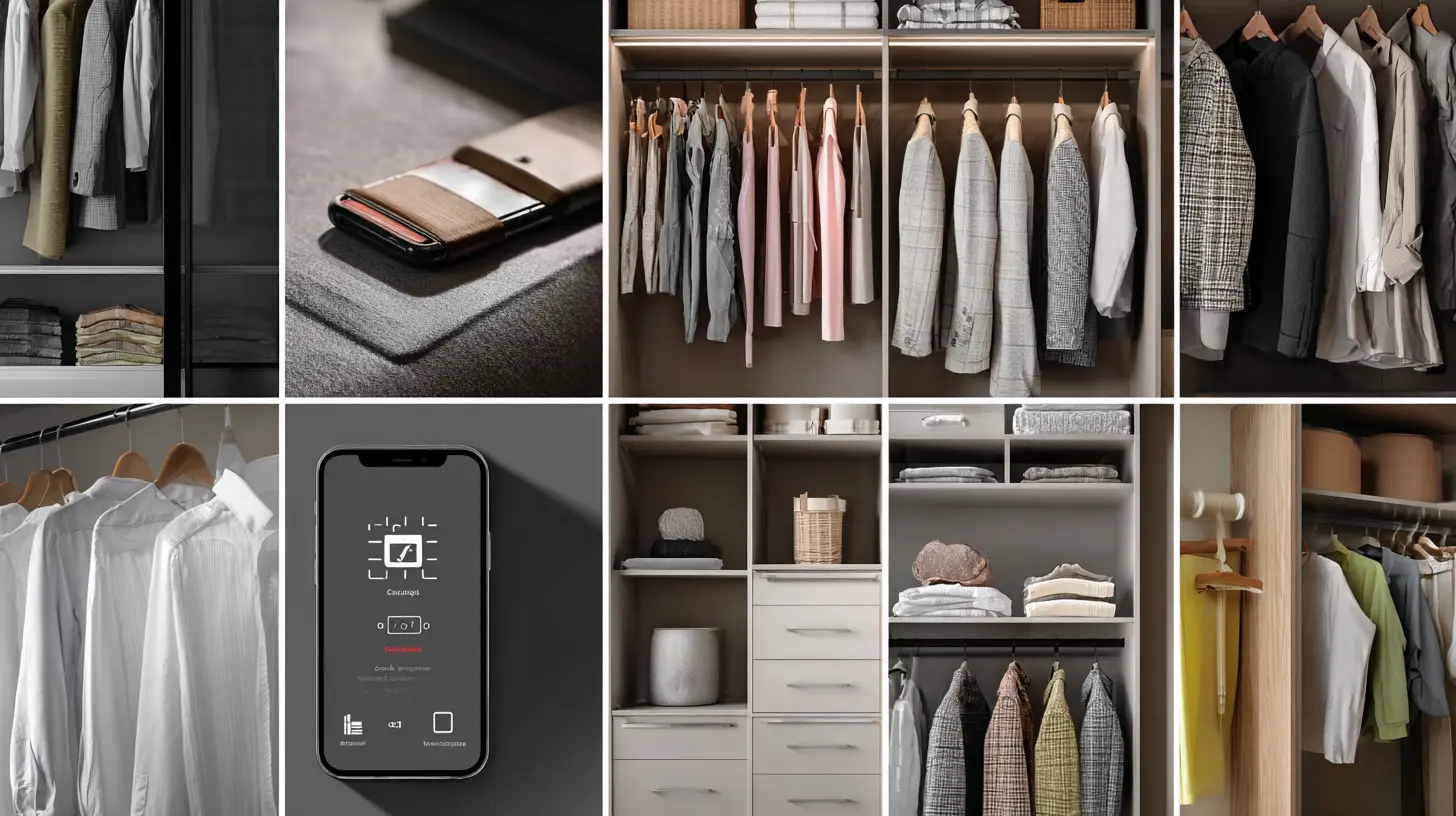
1.Key Hurdles
The custom wardrobe market in Indonesia faces several challenges that could slow growth. Limited awareness about the benefits of custom lemari pakaian Indonesia stops some potential buyers from making the switch. Additionally, the higher price point compared to ready-made options can deter budget-conscious consumers. Space constraints in urban homes push manufacturers to innovate constantly, but this also raises production complexity and cost. Supply chain disruptions, especially for sustainable rattan storage solutions and teak wardrobe designs Jakarta, add another layer of uncertainty.
2.Regulatory Factors
Indonesia’s regulations around timber sourcing and export controls impact the custom wardrobe industry significantly. Stricter rules on sustainable harvesting push manufacturers to find certified wood suppliers or shift to alternative materials. Compliance costs may rise, which can reflect in higher prices. On the import side, tariffs on certain electronic fittings and hardware parts for modular closets Bali can affect pricing and availability. Staying ahead of these regulations is vital for smooth operations and maintaining a sustainable image.
3.Projections to 2030
The bespoke furniture market growth is expected to continue its steady rise through 2030, driven by urbanization and rising disposable incomes. Market size is projected to grow annually by 8-10%, with e-commerce custom home decor sales increasing sharply. Demand for affordable custom cabinetry prices and space-saving urban wardrobe ideas will fuel innovation. More consumers will lean towards sustainable local materials, strengthening Indonesian wood craftsmanship exports globally.
4.Risk Mitigation
To tackle these challenges, manufacturers and suppliers should:
- Invest in consumer education on the value of custom wardrobes
- Adopt flexible designs to suit smaller urban spaces efficiently
- Build strong, ethical sourcing partnerships for sustainable materials
- Navigate regulatory changes by working closely with government bodies
- Expand online presence for better outreach and convenience
By addressing these key hurdles and planning strategically, Indonesia’s custom wardrobe market can capture sustained growth and overcome potential risks ahead.
How PA Home is Shaping the Indonesia Custom Wardrobe Market ?

We’re committed to quality craftsmanship and customer satisfaction—from the first design sketch to the last screw during installation, we pay attention to the details that matter. Every cabinet is built with premium materials, sustainable sourcing practices, and a focus on durability so you can enjoy them for years.
Contact PA Home
FAQs
1. What is the current market size of Indonesia's custom wardrobe industry?
As of 2024, the market valuation of Indonesia’s custom wardrobe industry is approximately USD 350 million. This growth is driven by urbanization, increased disposable incomes, and a cultural preference for personalized home organization solutions.
2. Which regions in Indonesia have the highest demand for custom wardrobes?
Jakarta leads with a 40% market share, driven by high demand for premium, space-saving designs. Bali follows with 20%, catering to luxury homes and boutique resorts. Surabaya accounts for 15%, reflecting a growing middle-class segment, while other regions contribute 25%, supported by expanding e-commerce channels.
3. What materials are popular in Indonesian custom wardrobe designs?
Teak wood is highly favored in Jakarta for its durability and aesthetic appeal. In Bali, sustainable materials like rattan are gaining popularity, especially in boutique resorts and luxury homes. These materials align with global trends towards sustainability and eco-friendly design.
4. How does Indonesia's custom wardrobe market compare to global trends?
Indonesia’s market mirrors global shifts towards customization, sustainability, and digital adoption. While international markets prioritize modular and fast-assembly solutions, Indonesian consumers value artisanal quality and modern convenience, blending traditional craftsmanship with contemporary design.
5. What factors are driving the growth of the custom wardrobe market in Indonesia?
Key drivers include urbanization leading to smaller living spaces, rising disposable incomes expanding the middle class, and the growth of e-commerce platforms facilitating access to custom furniture solutions. These factors collectively contribute to the increasing demand for personalized and space-efficient wardrobe designs.

